Understanding Developmental Delay Evaluations
Developmental delay evaluations play a critical role in ensuring children who experience delays or disabilities receive timely support and interventions. This article explores the key resources, tools, and guidelines available for parents, caregivers, and professionals involved in monitoring, screening, and diagnosing developmental delays. We highlight how ongoing developmental monitoring, standardized screening tests, and specialized evaluations work together to create a robust pathway toward early intervention services, enabling the best possible outcomes for children.
The Role and Importance of Developmental Monitoring and Screening
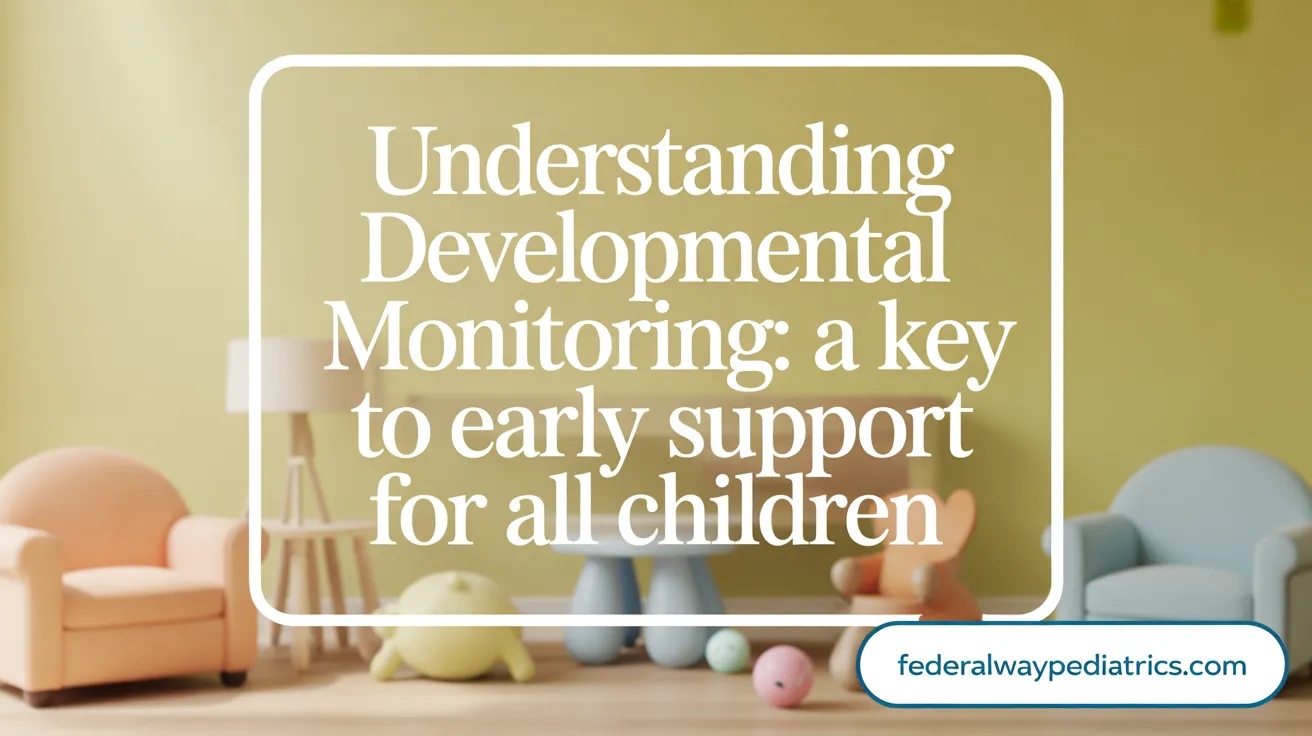
What is developmental monitoring and why is it important?
Developmental monitoring is a continuous process of observing how children grow and develop over time. It involves parents, caregivers, and healthcare providers working together to check if children are meeting typical milestones in areas such as play, learning, speech, movement, and social skills. This ongoing process often includes informal checks like conversations, observations, and the use of checklists, facilitating early detection of any concerns.
Monitoring helps identify potential delays or disabilities early, which is crucial because children develop from birth through their early years in unique ways. Recognizing issues early allows for timely intervention, support, and resources, which can significantly improve developmental outcomes.
This differs from developmental screening, which is a more structured and brief testing process done at specific ages, while monitoring is a routine part of caregiving that happens during regular well-child visits and daily interactions. Together, these practices ensure children receive the appropriate support needed to thrive and succeed.
In summary, developmental monitoring is an essential, proactive approach to understanding and supporting a child's growth. It empowers families and health providers to act early, ensuring children have the best possible start in life.
Validated Tools and Assessments for Developmental Delay
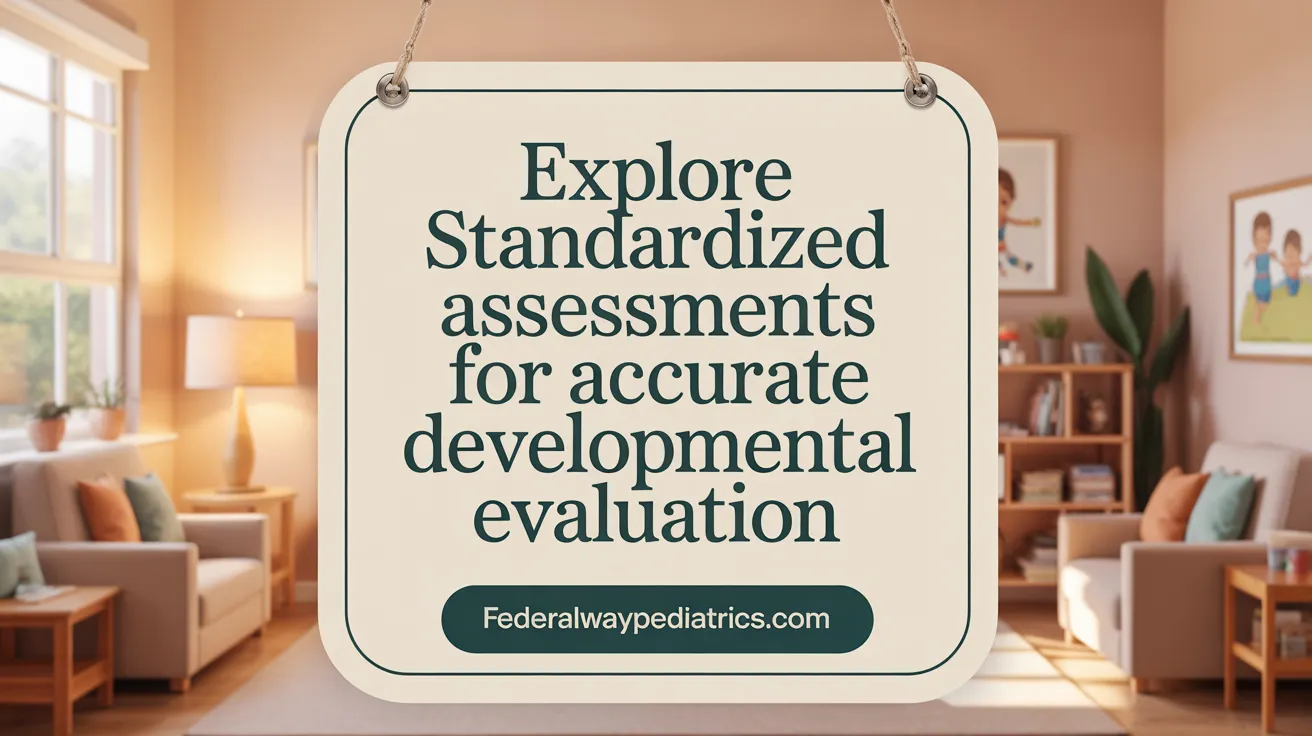
What are the common tools used for assessing developmental delays in children?
To accurately identify developmental delays, healthcare providers use several standardized screening questionnaires. The Ages and Stages Questionnaire (ASQ) is widely employed; it evaluates a child's progress across multiple domains including communication, gross and fine motor skills, social-emotional development, and problem-solving. Suitable for children from 1 month to 5½ years, the ASQ is parent-completed and highly sensitive, making it practical for busy clinics.
The Parents’ Evaluation of Developmental Status (PEDS) is another helpful tool. This parent-report questionnaire quickly highlights potential concerns by asking about a child's development and behaviors. It’s especially useful for initial screening to determine if further evaluation is needed.
For autism spectrum disorder (ASD) screening, the Modified Checklist for Autism in Toddlers (M-CHAT) is commonly used. This brief questionnaire, typically administered around 18 and 24 months, helps identify children at risk for ASD, prompting additional assessments if necessary.
In addition to these screening tools, more comprehensive assessments are used when delays or concerns are identified. The Bayley Scales of Infant and Toddler Development (Bayley-4) is considered a gold standard for evaluating cognitive, language, and motor development in children from 1 month to 3½ years. It involves direct testing by trained specialists and provides detailed information about a child's strengths and needs.
The Vineland Adaptive Behavior Scales measure everyday functioning, including communication, socialization, and daily living skills, across a wide age range—from birth through adulthood. It helps determine how developmental delays impact real-world skills.
The Autism Diagnostic Observation Schedule, Second Edition (ADOS-2), is a semi-structured assessment designed to observe social interaction, communication, play, and Restricted and Repetitive Behaviors characteristic of ASD. It is administered by specialists trained in autism diagnosis.
Can you provide examples of developmental assessments commonly used in evaluating children?
Several assessment tools help specialists understand a child's developmental profile. The Bayley-4 continues to be a top choice, especially for infants and toddlers, providing scores in cognitive, language, and motor domains.
The Ages and Stages Questionnaires (ASQ-3), already mentioned as a screening tool, can also serve as a monitor of developmental progress over time. Its modular design allows assessment in specific age groups and developmental areas.
For children aged 3 to 8 years, the Battelle Developmental Inventory, Third Edition (BDI-3), offers a comprehensive evaluation across adaptive, personal-social, communication, motor, and cognitive domains.
The Peabody Developmental Motor Scales, Second Edition (PDMS-2), focuses specifically on motor skills through direct testing, ideal for assessing gross and fine motor development between birth and age 5.
When autism spectrum disorder is suspected, specialists may administer the Autism Diagnostic Observation Schedule (ADOS-2) and complementary tools like the ADEC (Autism Detection in Early Childhood) for early screening.
These assessments enable clinicians to make informed decisions about diagnosis, intervention planning, and support services. They are tailored to the child's age, presenting concerns, and developmental profile, ensuring early and effective intervention when needed.
Resources and Further Information
Further details on developmental assessment tools can be explored by searching terms like "Developmental delay screening and assessment tools". Many resources, including guidelines from the American Academy of Pediatrics, state health departments, and national developmental screening programs, offer additional guidance and access to validated instruments.
Accessing and Using Developmental Screening Tests and Resources
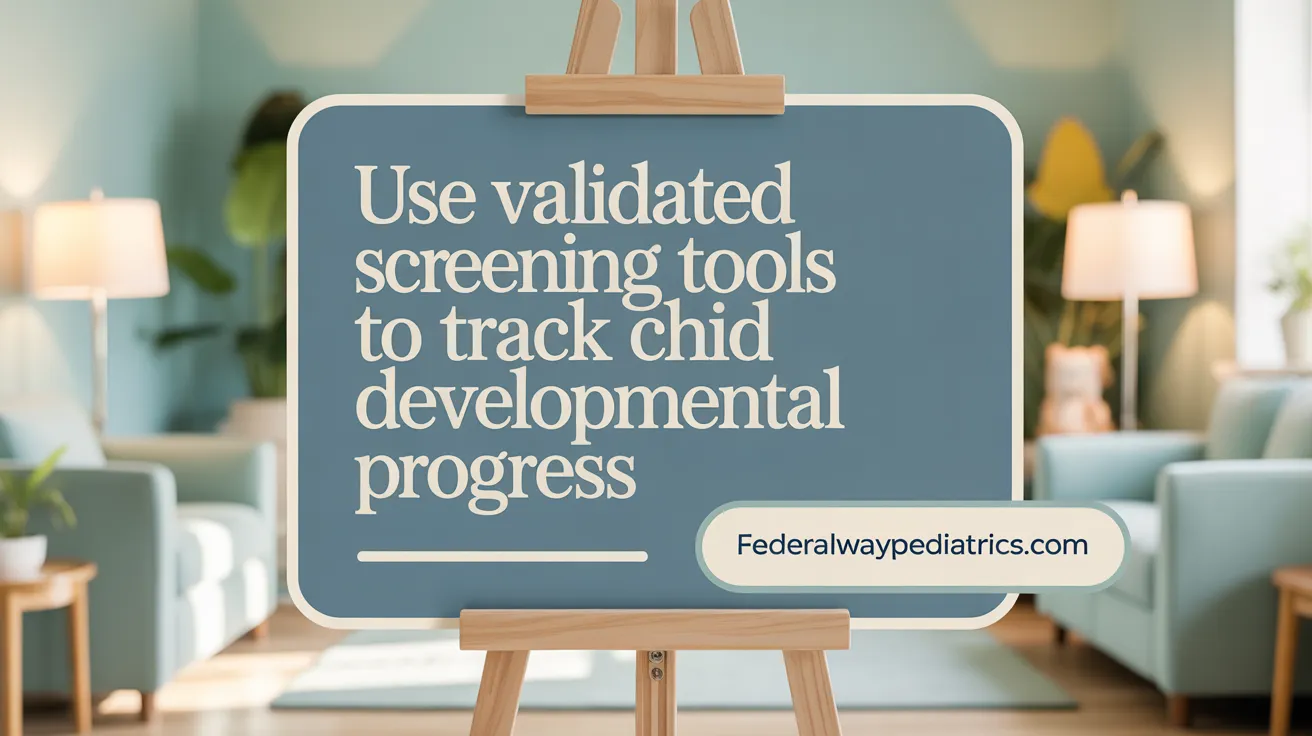 Effective developmental screening tests are essential tools for early identification of delays or concerns in young children. The Ages and Stages Questionnaires (ASQ), including the ASQ-3 and the ASQ:SE-2, are among the most widely used validated screening tools. These questionnaires evaluate key areas such as communication, motor skills, problem-solving, and social-emotional development. They are evidence-based, easy to complete—often by parents or caregivers—and available in multiple languages to promote accessibility.
Effective developmental screening tests are essential tools for early identification of delays or concerns in young children. The Ages and Stages Questionnaires (ASQ), including the ASQ-3 and the ASQ:SE-2, are among the most widely used validated screening tools. These questionnaires evaluate key areas such as communication, motor skills, problem-solving, and social-emotional development. They are evidence-based, easy to complete—often by parents or caregivers—and available in multiple languages to promote accessibility.
Parents and healthcare providers can find these screening tools in PDF format on the official websites of organizations like the Centers for Disease Control and Prevention (CDC) and the American Academy of Pediatrics (AAP). The CDC offers downloadable fact sheets and checklists that help monitor developmental milestones from ages 2 months to 5 years. These resources are designed to be simple to use during well-child visits and can be printed for ongoing reference.
Many of these assessments are provided freely, making them accessible to all families. For instance, the CDC’s Milestone Tracker app and printable PDF checklists support ongoing developmental surveillance. Organizations such as the CDC and AAP also produce informational materials in various languages to ensure that non-English speaking families can actively participate in developmental monitoring.
To find these free PDFs, searches using terms like “PDF downloads of developmental screening tools” or visiting trusted healthcare websites can be helpful. Websites such as the CDC, the Maryland Center for Developmental Disabilities, and state health departments regularly host or link to these resources. While many of these tools are free for screening purposes, comprehensive assessment tools or formal scoring may require professional administration or purchase, but initial screening often remains accessible in PDF format for early detection efforts.
Navigating Early Intervention Services and Legal Supports
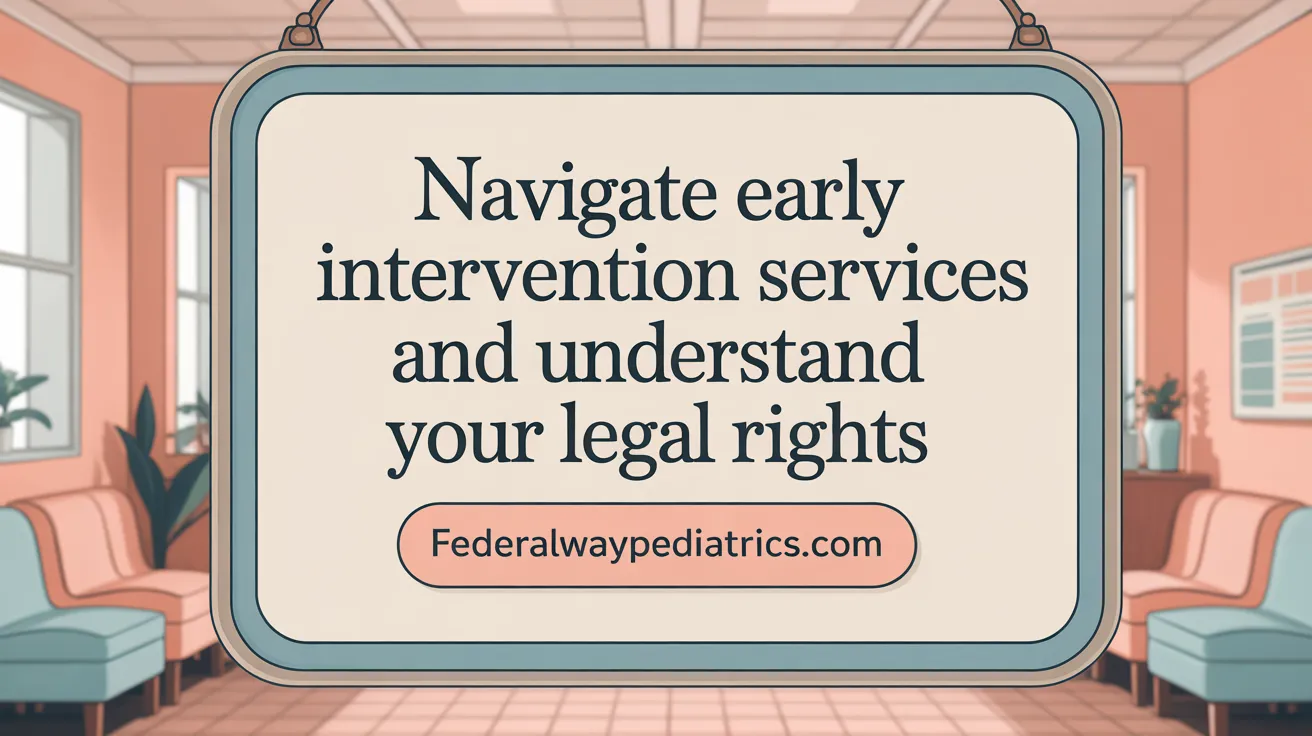
What is early intervention, and who is eligible?
Early intervention services are specialized programs designed to support infants and toddlers (birth to age 3) who show signs of developmental delays or have disabilities. These services are tailored to each child's unique needs and may include speech therapy, physical therapy, occupational therapy, counseling, medical support, and family training. Eligibility is determined through comprehensive evaluations conducted by trained professionals, assessing five developmental areas: cognitive, physical, communication, social/emotional, and adaptive.
Every state runs its own early intervention programs, which are mandated by federal law under Part C of the Individuals with Disabilities Education Act (IDEA). Families or caregivers can request evaluations directly through state agencies or local providers, often at no cost. If a child qualifies based on their developmental assessments, they receive an Individualized Family Service Plan (IFSP) that outlines the specific services and goals to support the child's development.
How does the IDEA law protect children with developmental delays?
The Individuals with Disabilities Education Act (IDEA) is a critical law that guarantees rights for children with disabilities, including developmental delays. It ensures children aged from birth to 21 years receive free, appropriate public education and related services necessary for their growth and learning.
Under IDEA, developmental delays are defined as significant lags in skills such as physical, cognitive, communication, social-emotional, or adaptive areas, especially for children in the age group up to 9 years. The law requires that appropriate evaluations be conducted to determine eligibility for services.
The law emphasizes family involvement in decision-making and provides guidelines for assessments, service planning, and progress monitoring. Importantly, IDEA supports seamless transitions from early intervention services to preschool or school-aged programs, ensuring continuous developmental support.
What is the process for qualifying and accessing services from birth to school age?
The pathway begins with referrals, which can be made by parents, caregivers, or health professionals. Once a referral is received, the child undergoes evaluations by a multidisciplinary team within the designated timeframe, usually 45 days.
If the child is found eligible, an IFSP or an Individualized Education Program (IEP) is developed collaboratively with the family. The IFSP includes assessments, goals, services, and resources tailored to the child’s needs. This process ensures the child receives early intervention services designed to promote developmental progress.
Children aged 3 and older may transition into preschool or local school district programs. Parents, schools, or healthcare providers can initiate evaluations for school-aged services, which often lead to an IEP that accommodates the child's educational needs.
How do IFSPs and IEPs support children's development?
An Individualized Family Service Plan (IFSP) is created for children from birth to age 3 who qualify for early intervention. It centers on family involvement and focuses on supporting the child's development in natural settings like homes and community locations. The IFSP includes specific goals, services, and resources, with input from parents and caregivers.
For children aged 3 and up, the Individualized Education Program (IEP) becomes the plan to guide special educational services within the school environment. It details the child's learning needs, accommodations, modifications, and the services they will receive to succeed academically.
Both plans are reviewed regularly and adjusted as needed, ensuring continuous support and progress toward developmental milestones.
Support and Educational Resources for Families and Professionals
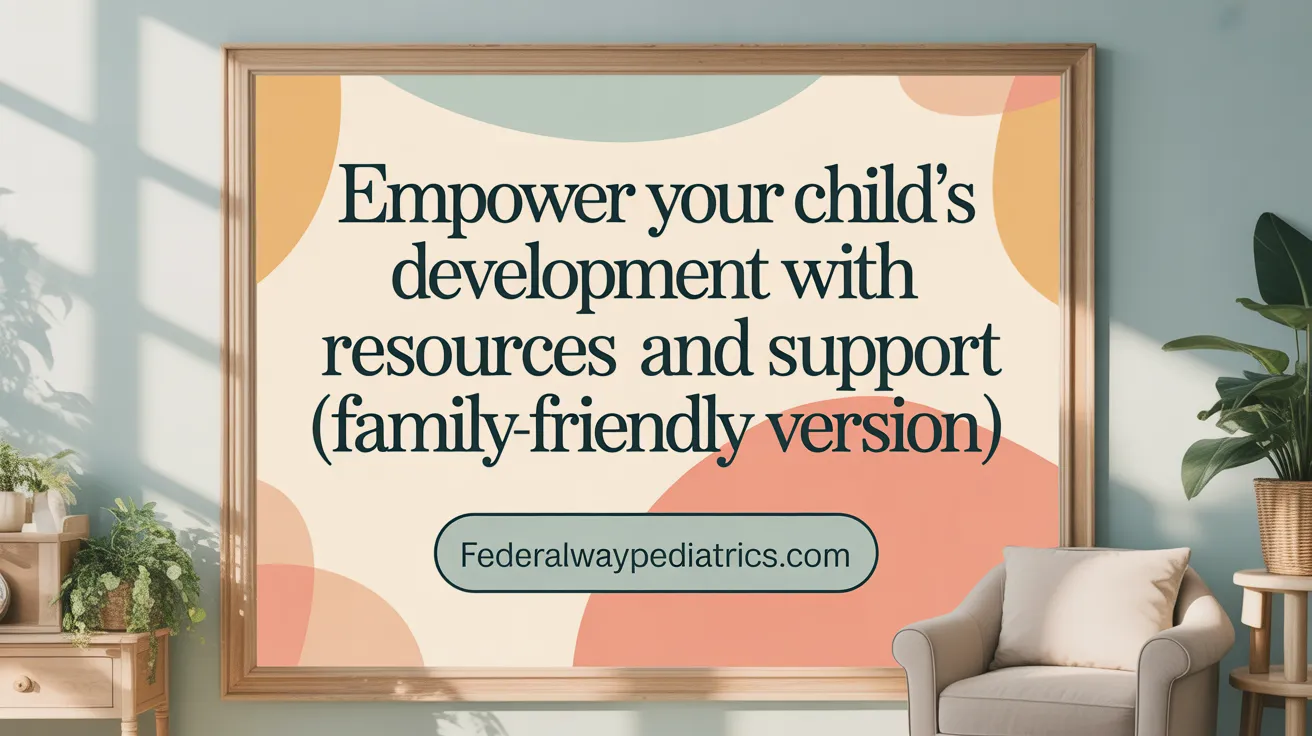 Parents and caregivers seeking to understand and support their children with developmental delays have access to numerous valuable resources. One of the primary tools is the CDC’s "Learn the Signs. Act Early." program, which offers free milestone checklists, developmental screening tools, and educational materials designed to help families track their child's progress across critical developmental areas such as communication, movement, and social skills.
Parents and caregivers seeking to understand and support their children with developmental delays have access to numerous valuable resources. One of the primary tools is the CDC’s "Learn the Signs. Act Early." program, which offers free milestone checklists, developmental screening tools, and educational materials designed to help families track their child's progress across critical developmental areas such as communication, movement, and social skills.
State and federal systems further bolster family support by providing direct access to early intervention services. For children under age 3, programs like Child Find help connect families to evaluations and therapies—such as speech, occupational, and physical therapy—many of which are accessible at no cost or through sliding scale options. These services are critical in supporting healthy development and are often provided in familiar settings like home or childcare centers.
Beyond direct services, several community-based programs offer guidance and support. Help Me Grow is an example that connects families to local early childhood development resources, ensuring they receive tailored support based on individual needs.
For families navigating legal rights and services, state Parent Centers help explain education laws, coordinate services, and advocate on behalf of children with developmental delays. These centers serve as vital links between families, health providers, and educational systems.
Healthcare providers and clinicians also benefit from targeted training and resources aimed at improving developmental surveillance and screening practices. The American Academy of Pediatrics (AAP), for example, offers evidence-based training modules, toolkits, and guidelines to enhance the early identification process.
Community networks and parent centers play a significant role by fostering local support groups, providing educational sessions, and sharing success stories that empower families. These networks help families feel less isolated, offering emotional support and practical advice.
In sum, a comprehensive array of resources—from national programs and state systems to community organizations—exists to support families in understanding, identifying, and managing developmental delays effectively.
Empowering Families and Providers Through Resources and Early Action
Early identification and intervention for developmental delays are essential to supporting children's growth and potential. By leveraging a comprehensive network of developmental monitoring, validated screening tools, specialist evaluations, and early intervention services underpinned by federal laws like IDEA, families and professionals are equipped to navigate the evaluation process effectively. Abundant educational materials and accessible resources aid in recognizing developmental concerns promptly and securing the appropriate supports. Together, these tools form a foundational framework designed to enhance outcomes and empower children with developmental delays to thrive.
References
- Developmental Monitoring and Screening - CDC
- Developmental Surveillance Resources for Pediatricians - AAP
- Developmental Surveillance Resources for Healthcare Providers
- Early Intervention Services - Commonwealth of Pennsylvania
- Developmental Screening Tips, Tools, and Resources | HeadStart.gov
- Developmental Delay: When and How to Screen - AAFP
- Developmental Delay/Intellectual Disability Diagnostic Evaluation ...
- Understanding Developmental Screening & Early Intervention
- Overview of Early Intervention
- Early intervention and special education services for children
